The Chaos After The Storm: Rare Color Photos of the Philippines in the 1940s
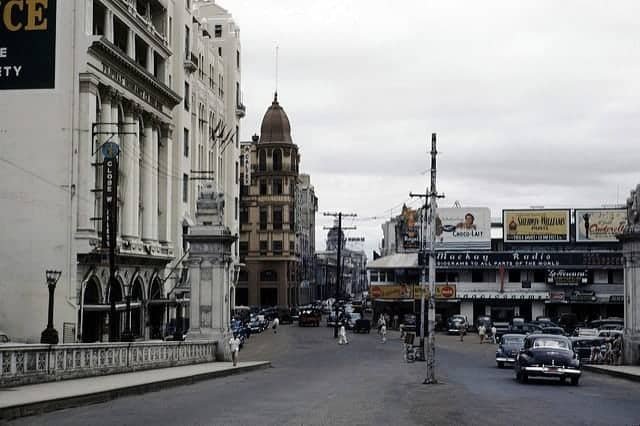
After Filipinas was raped and desecrated in 1945, her life has never been the same again.
National Artist Nick Joaquin shared the same sentiment when as early as five years after the war was over, he wrote: “[Manila is] in the same condition in which it had been left after the Japs and the GIs were through with it.”
The multitude of jeepneys, the barong-barong, the squatter, and Garcia’s “Filipino first” policy that led to the proliferation of factories–these were just some of the post-war phenomena that made Manila worse than before. And looking at the status quo, it seems that Filipinos have never really recovered from that massacre which occurred between February and March 1945.
Also Read: The Way We Were: Rare Color Photos of the Philippines in the 1950s
We’ve all heard the facts and figures before: Manila, second only to Warsaw as the most devastated city in WWII, was literally burned to the ground. Facing imminent defeat, the desperate Japanese used Filipino civilians as human shields and stationed themselves at different residential and government buildings. The massacre that ensued led to the destruction of our architectural treasures and the deaths of countless Filipinos.
A more serious battle, however, happened as soon as the Japanese and Americans left the Philippines. Or did they?
Unlike the first few Filipino presidents who helped rebuild the nation after the war, President Ferdinand Marcos was more forgiving to the Japanese. Some historians have underscored how Marcos’ efforts to strengthen Japan-Philippines relations starting in the 1960s led to the influx of loans to the country.
The money, in turn, was reportedly used by the strongman to give life to an already comatose Philippine economy, as well as to “fatten his and his cronies’ wallets.” Today, the repercussions of that foreign debt are still evident as Filipinos continue to seek a better life abroad due to a debt-ridden government that can’t prioritize its people’s needs.
Also Read: 10 Facts About World War II That Never Made It To Your Philippine History Books
Indeed, the ghosts of WWII continue to haunt every facet of Filipino life. And everything started during those first few years of rehabilitation, as seen in the following photos:
1. Albay.
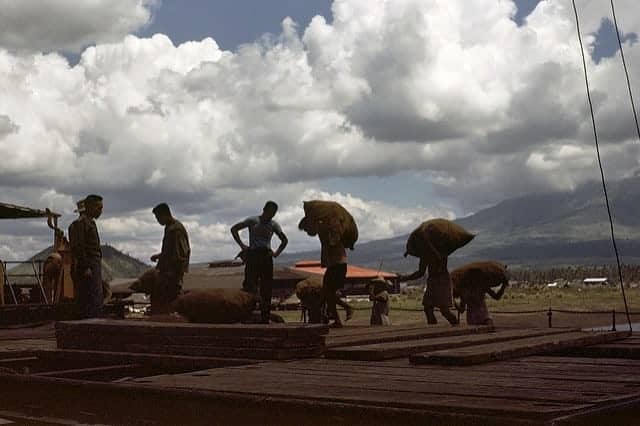
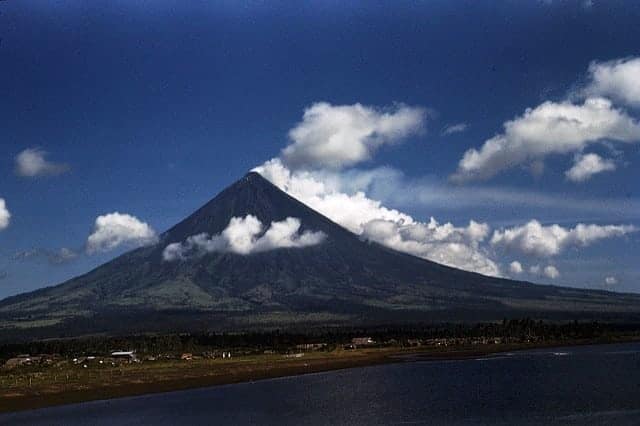
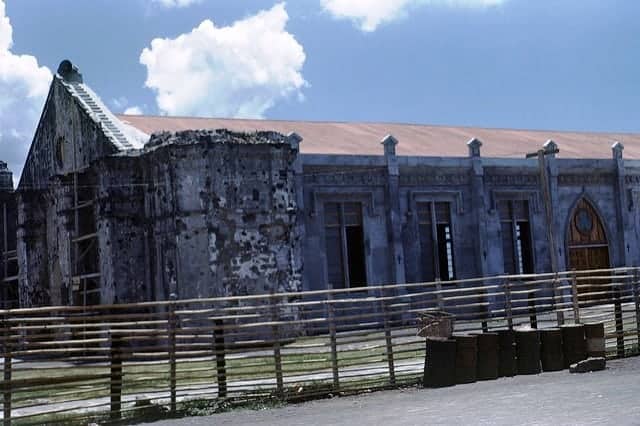
Also Read: Fantastic 116-Year-Old Color Pictures of the Philippines
2. Iloilo.
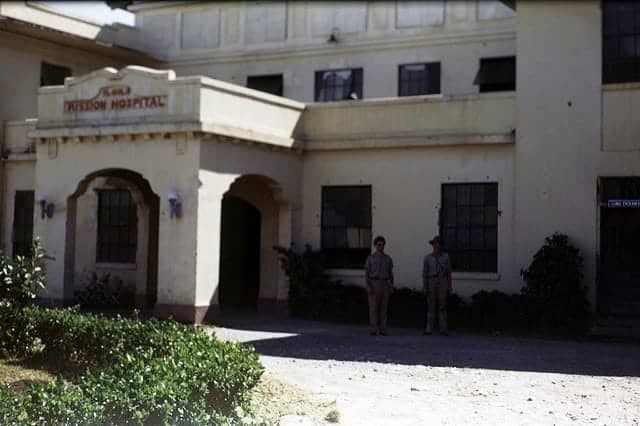
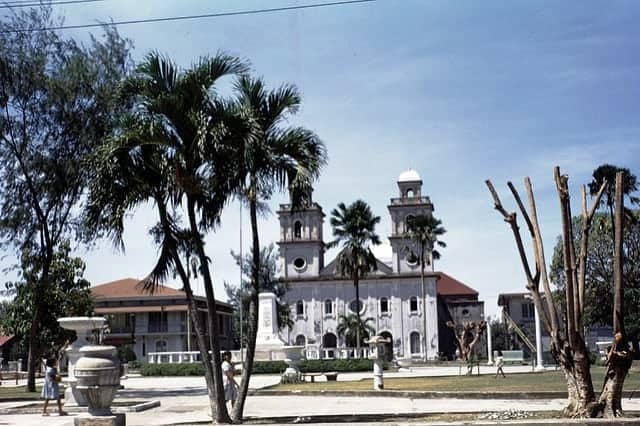
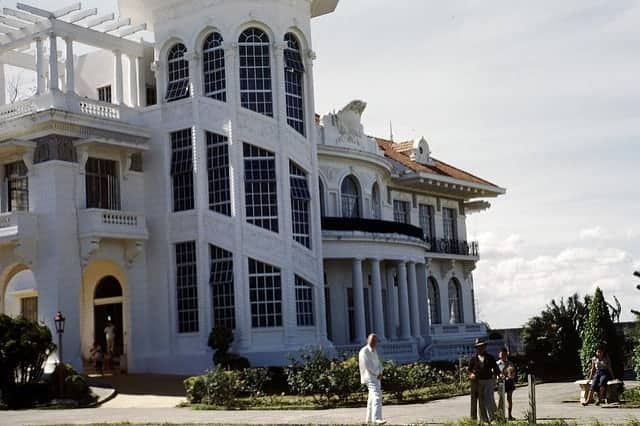
3. Cebu.
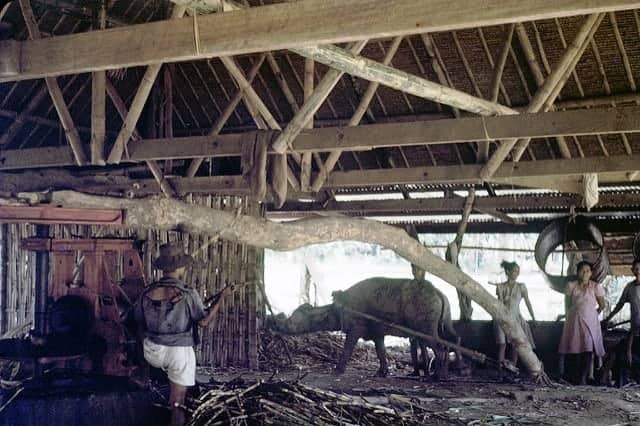
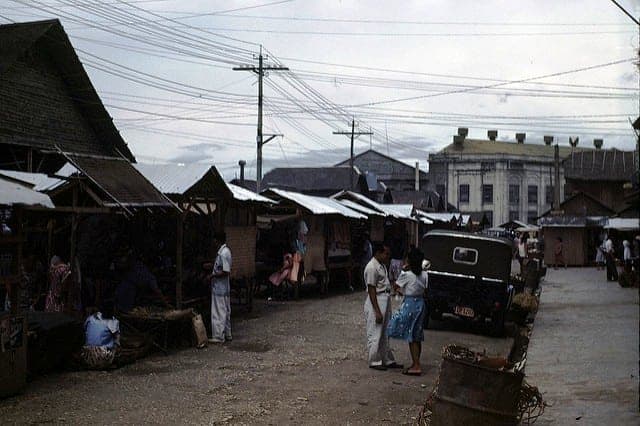
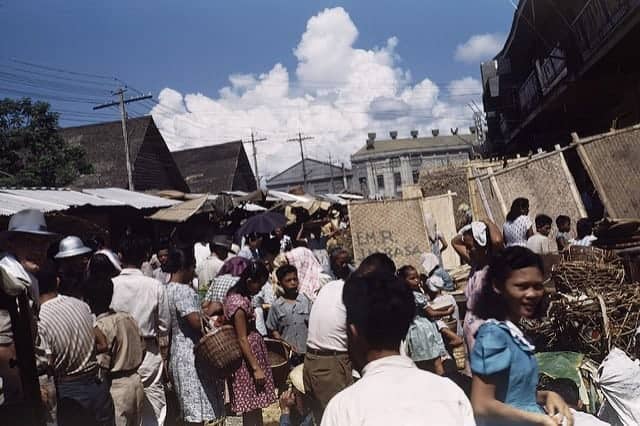
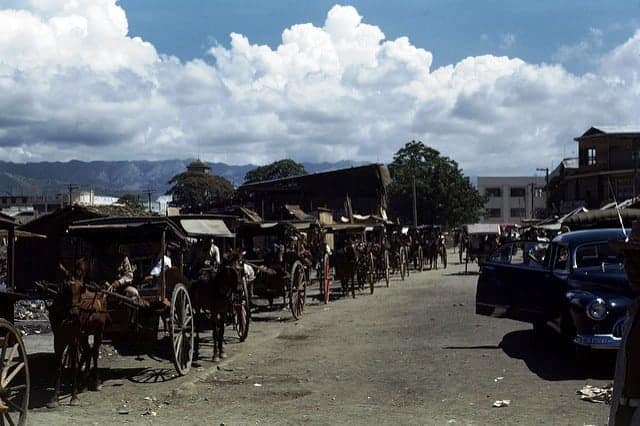
Also Read: How Cebuano Fishermen Helped Defeat the Japanese in World War II
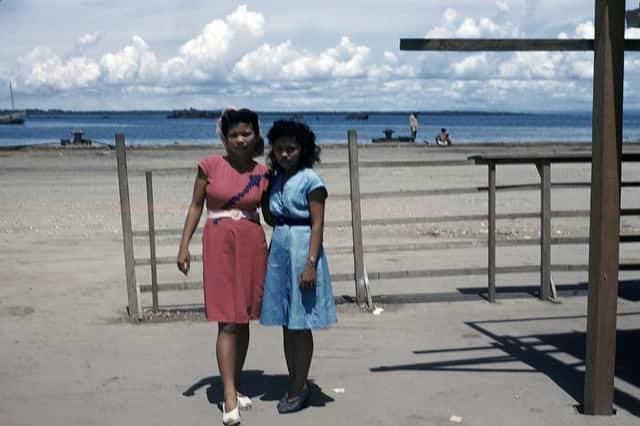
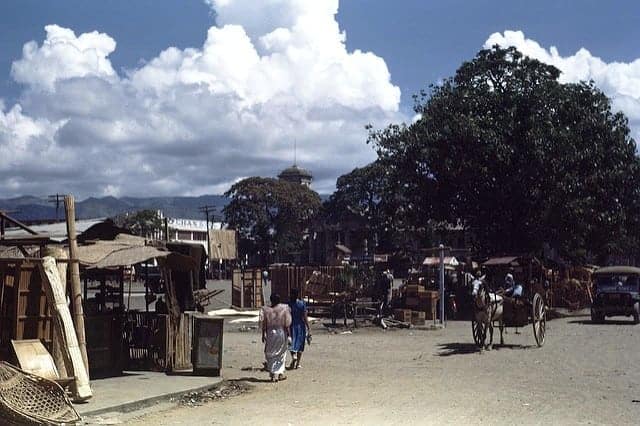
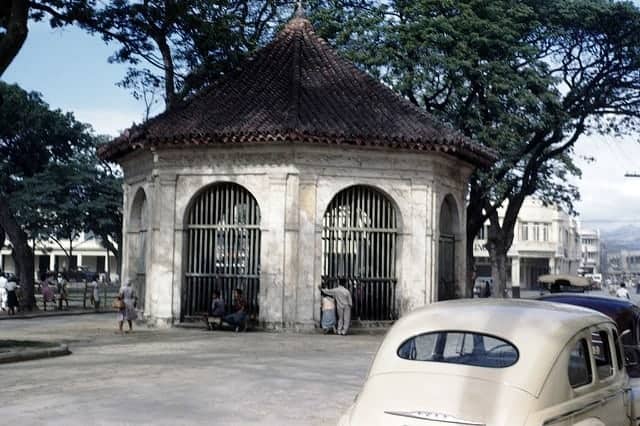
Related: How to Travel to Cebu: 30 of the Best Tourist Spots to Visit
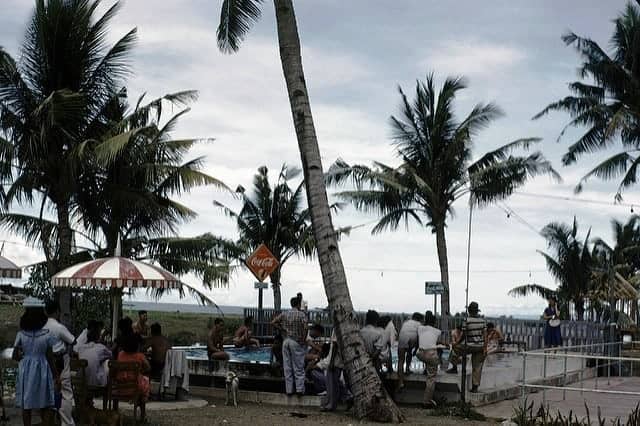
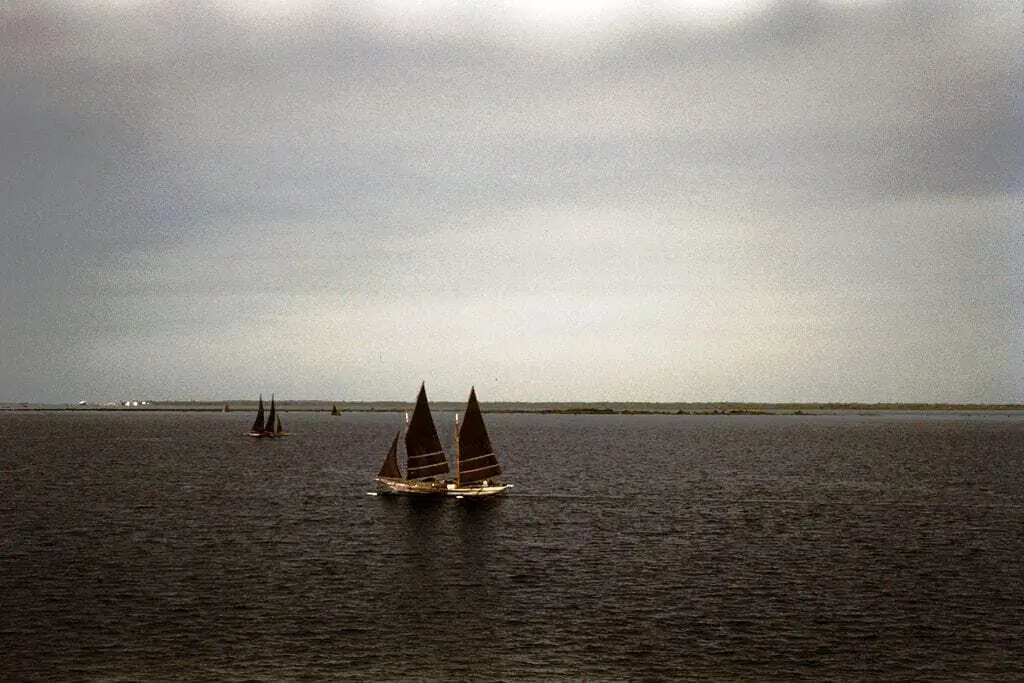
4. Manila.
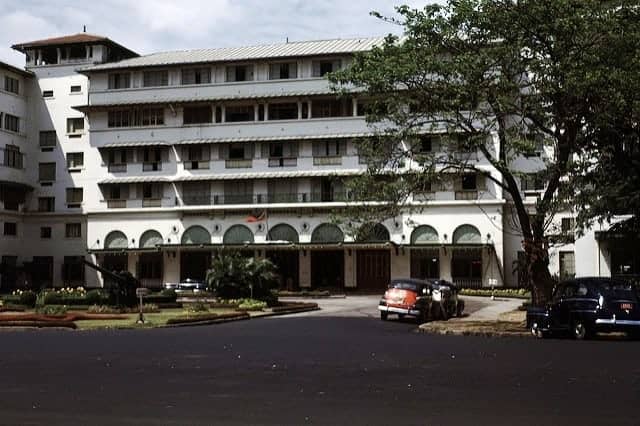
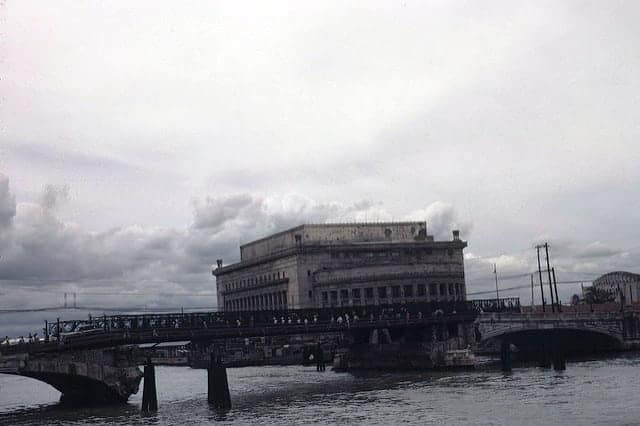
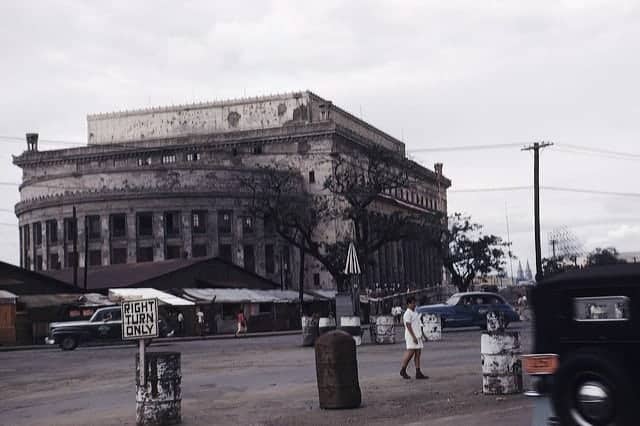
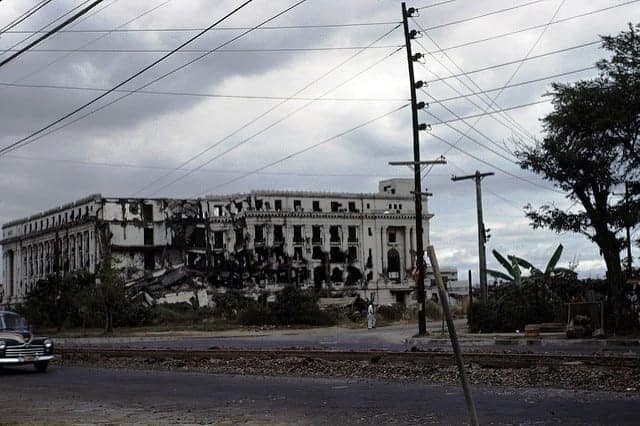
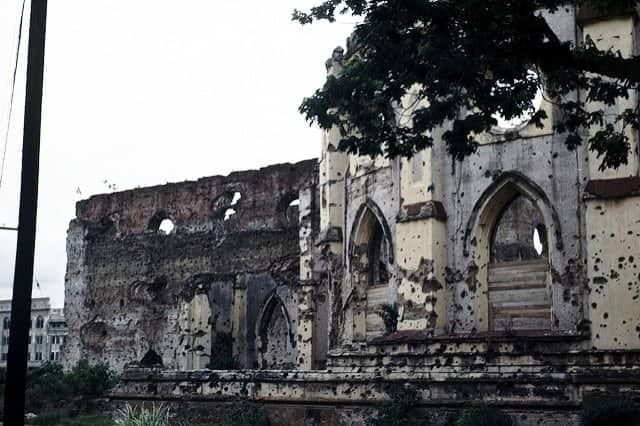
Also Read: 20 Beautiful Old Manila Buildings That No Longer Exist

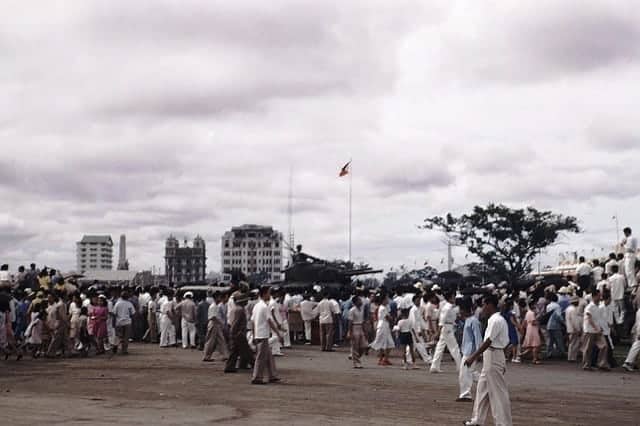
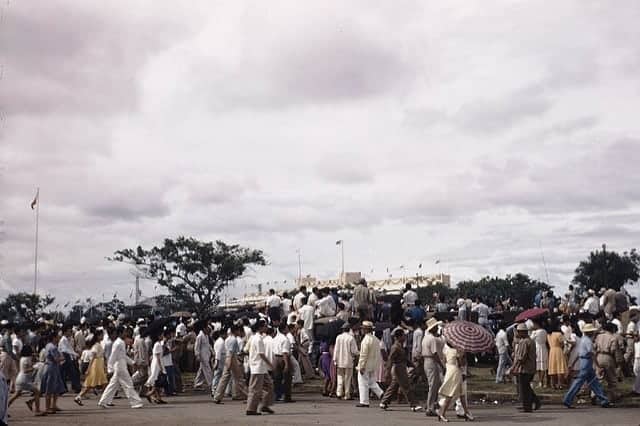
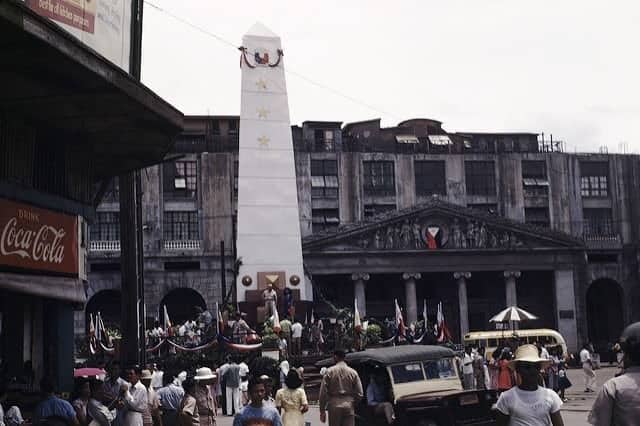
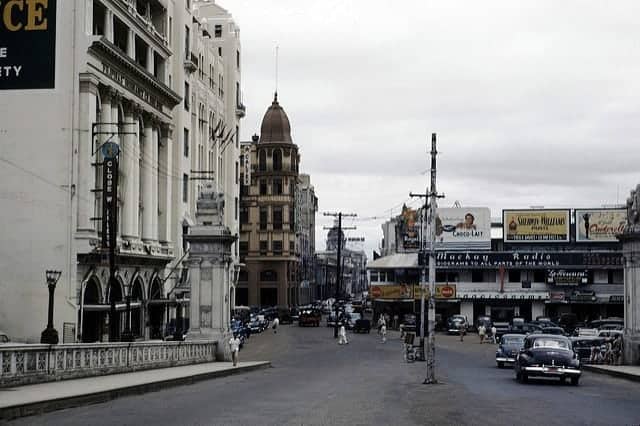
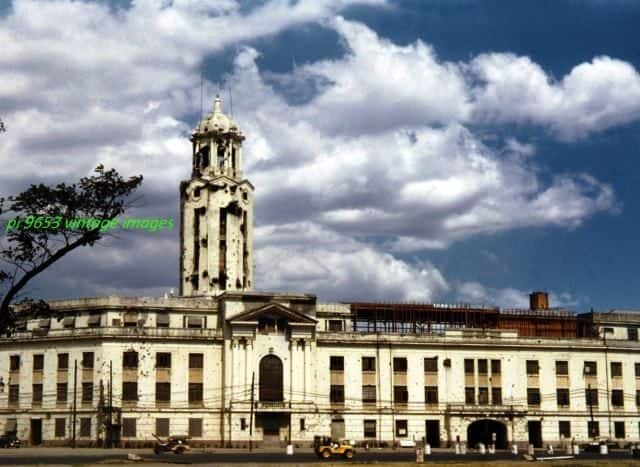
LOOK: Rare Photos of Manila City Hall from 100+ Years Ago
References
Conde, C. (2010). Philippines remains devastated long after World War II ended. Asian Correspondent. Retrieved 4 July 2016, from https://goo.gl/HUpmQj
Manila Reborn. Google Arts & Culture. Retrieved 4 July 2016, from https://goo.gl/EdOjNU
FilipiKnow
FilipiKnow strives to ensure each article published on this website is as accurate and reliable as possible. We invite you, our reader, to take part in our mission to provide free, high-quality information for every Juan. If you think this article needs improvement, or if you have suggestions on how we can better achieve our goals, let us know by sending a message to admin at filipiknow dot net
Copyright Notice
All materials contained on this site are protected by the Republic of the Philippines copyright law and may not be reproduced, distributed, transmitted, displayed, published, or broadcast without the prior written permission of filipiknow.net or in the case of third party materials, the owner of that content. You may not alter or remove any trademark, copyright, or other notice from copies of the content. Be warned that we have already reported and helped terminate several websites and YouTube channels for blatantly stealing our content. If you wish to use filipiknow.net content for commercial purposes, such as for content syndication, etc., please contact us at legal(at)filipiknow(dot)net
